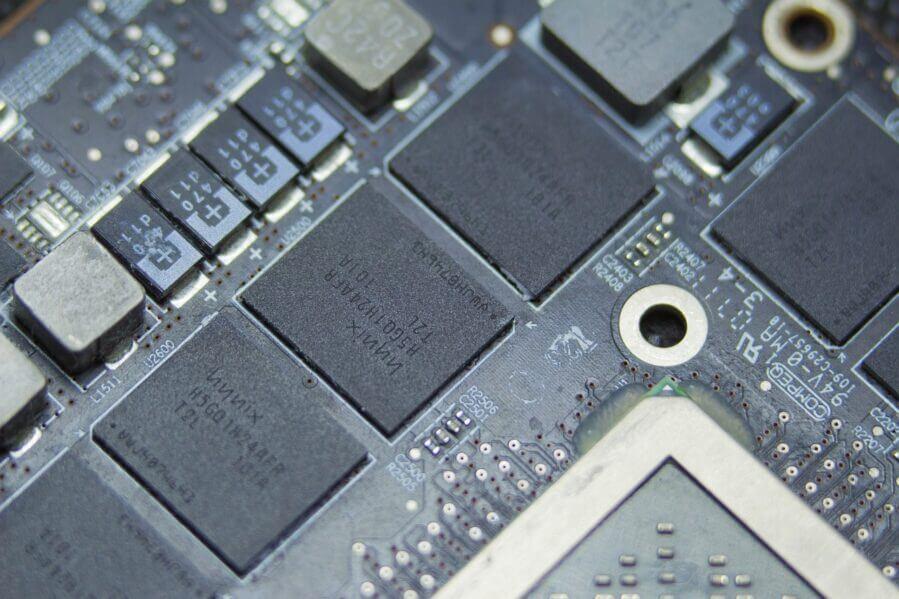A breakthrough in computer memory technology offers a potential solution to the increasing energy demands of the internet and communications systems. Researchers at the University of Cambridge have developed a novel design for computer memory that mimics the functioning of synapses in the human brain.
The exponential growth of data-driven technologies has resulted in a surge in energy consumption, posing challenges in reducing carbon emissions. With artificial intelligence, internet usage, and algorithms expected to account for over 30% of global electricity consumption, the shortcomings of current computer memory technologies contribute significantly to this energy demand. In conventional computing, memory and processing exist separately, necessitating the back-and-forth transfer of data, consuming both time and energy.
To address the inefficiencies of existing computer memory, a promising solution lies in resistive switching memory, a novel technology. Unlike conventional memory devices that can only store a binary state (one or zero), resistive switching memory enables a continuous range of states, allowing for significantly higher density and speed. For instance, a typical USB stick based on this technology could hold ten to 100 times more information, according to Dr. Markus Hellenbrand, the study’s first author.
To realize this potential, Hellenbrand and his team developed a prototype device using hafnium oxide, an insulating material already utilized in the semiconductor industry. However, hafnium oxide presented a challenge known as the uniformity problem due to its lack of atomic structure. The researchers discovered that by introducing barium to thin films of hafnium oxide, vertical barium-rich “bridges” formed, exhibiting structured characteristics that allowed the passage of electrons while the surrounding hafnium oxide remained unstructured. The height of the energy barrier at the bridge-device contact point, controlled by the researchers, determined the electrical resistance of the composite material, enabling the existence of multiple states beyond the binary system.
Unlike other composite materials requiring high-temperature manufacturing processes, the hafnium oxide composites in this study self-assembled at low temperatures, demonstrating excellent performance and uniformity. These findings hold great promise for next-generation memory applications, particularly in the fields of artificial intelligence and machine learning, where the ability to store and process information in the same location is crucial.
Cambridge Enterprise, the University’s commercialization arm, has filed a patent for this technology. The researchers are collaborating with industry partners to conduct larger feasibility studies on the materials, further exploring the formation of high-performance structures. Since hafnium oxide is already widely used in the semiconductor industry, integrating this innovative memory technology into existing manufacturing processes is expected to be feasible.
The study’s findings were published in the journal Science Advances.

